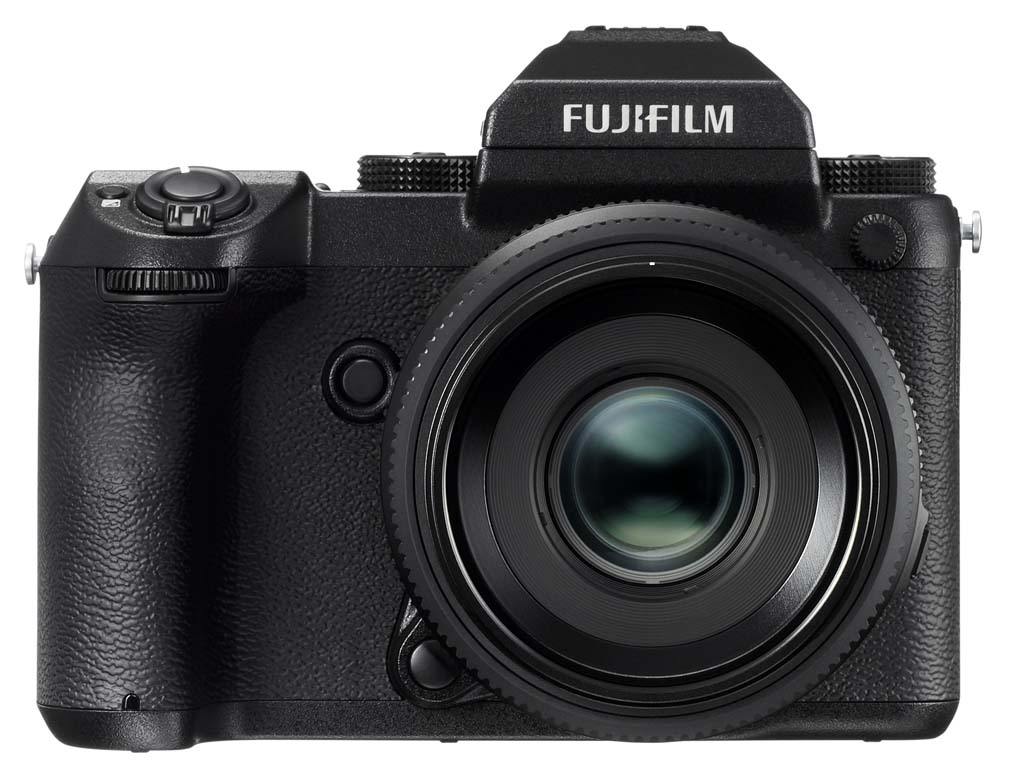
Now that Fujifilm has revealed the GFX 50S, I want to talk a little bit about what this means for the future of digital photography. If you recall, from one of my first posts, “24MP and Beyond“, there was some controversy over my statements that the megapixel war needs to begin again. It’s my belief that Fujifilm’s move to medium format is in recognition of the technological demands to come, which I addressed in my first article.
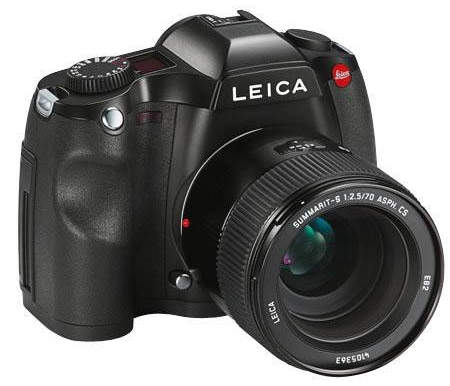
Medium format photography has traditionally been very slow and methodical, but when Leica introduced the S2 that changed. For the first time Leica proved that you could design a medium format camera that could be shot like a DSLR and still get amazing results. When the S2 was introduced, I demoed one for a week and the results floored me; but I just couldn’t see carrying around that much weight along with the stuff I regularly carried for my kids. It was a truly spectacular camera, and when the latest refresh happened, I would have bought into the S system if they decided to use the Sony sensor that the new Hasselblad X1D-50c and Fujifilm GFX 50S cameras use today; even though the Leica S could go on a diet.
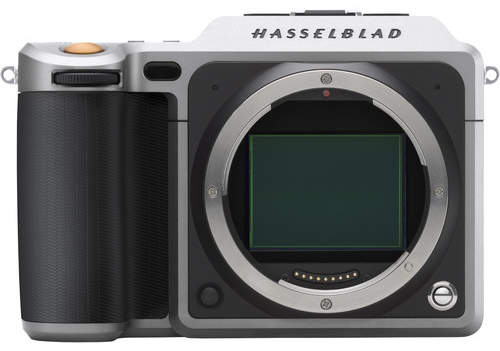
The Fujifilm GFX 50S is going to shake up the camera market as we know it because, if you’re a photographer that doesn’t shoot fast moving subjects or telephoto, it’s going to be hard to justify owning a Nikon or Canon full frame camera. It’s likely that the GFX 50S will shoot 1-3fps, but that should be enough for most trained photographers to capture “the decisive moment.” The system isn’t going to be for everyone today, kind of like digital wasn’t for everyone when it came out; but larger sensors are going to be a big part of digital photography’s future as digital displays demand more data.
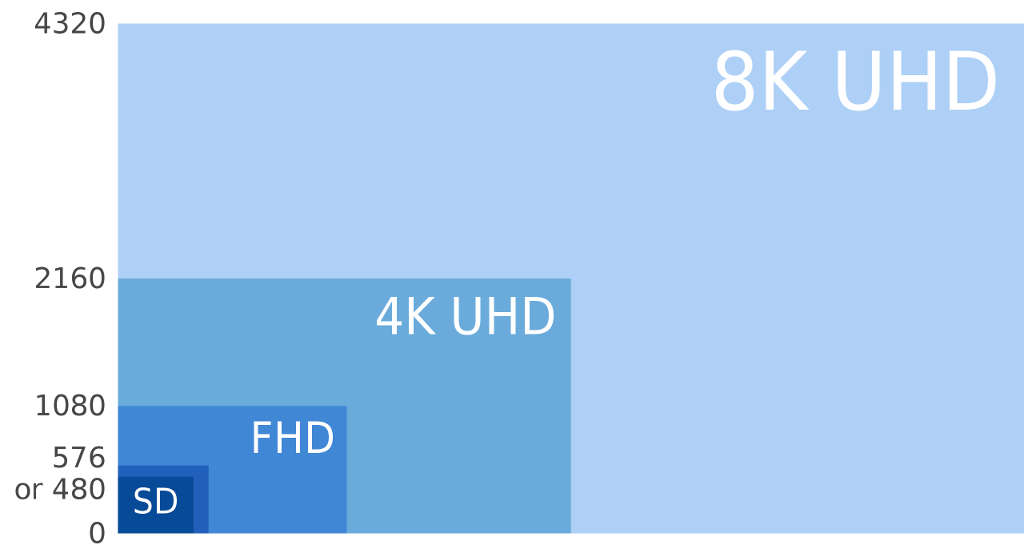
Medium format today is good beyond 100MP, which will greatly simplify or increase the quality of a shoot like the one I posted the other week from Drew Gardner of the USA Women’s Rowing Team. He had to use a Roundshot VR drive, which costs $14,995, to create a HDR 194MP 180×360° Pano in under 4 minutes. Using a medium format camera for this task could greatly increase the resolution and dynamic range or decrease the time needed to capture the scene at equivalent resolution. Either way, I see medium format technology slowly replacing full-frame/APS-C as quality demands continue to increase on professional photographers.
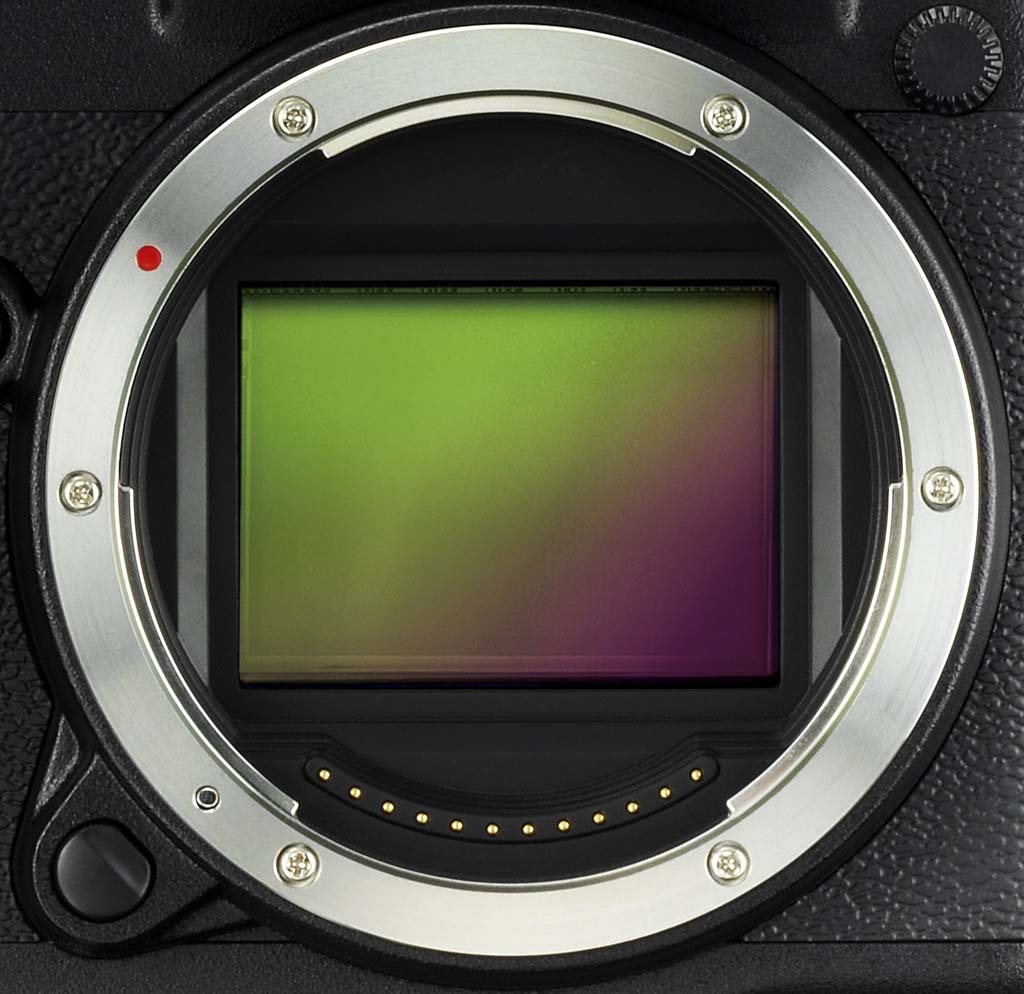
I believe professional photographers/cinematographers are going to have to become increasingly tech literate as HDR 8k launches and 4k fades alongside the emerging virtual reality and augmented reality markets. I have already made the jump into VR and the content being produced today is of varying quality, but some of it is mind blowing good. Some musicians are even attempting to create music videos in VR using creative rigs to film in 360°, but the quality isn’t quite there yet and it looks like a 90s webcam when done poorly. At this time, computer generated content is king in the virtual world, but that will change.
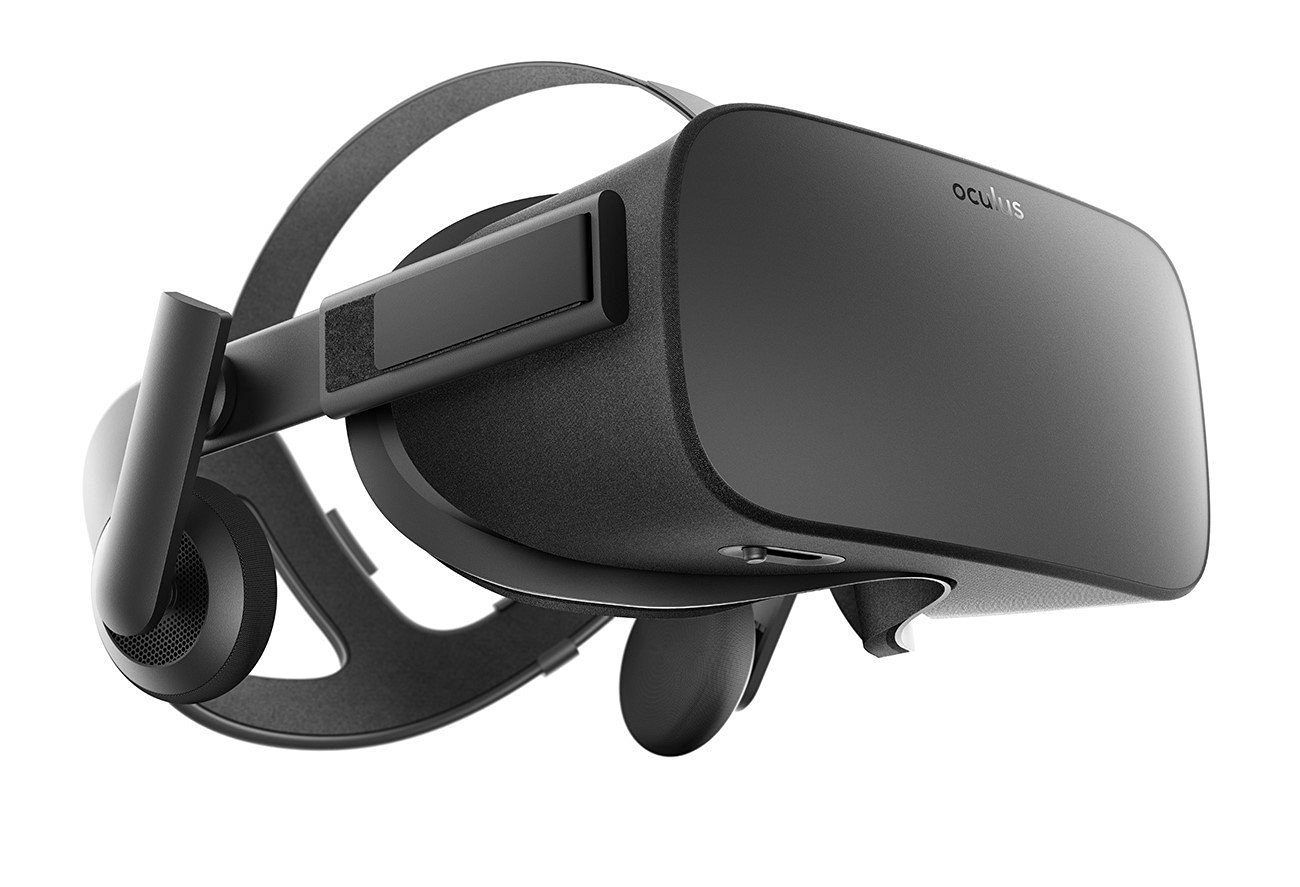
Cameras companies are going to have to develop medium format and 50MP is a step in the right direction for traditional photographers. There are a lot of engineering problems to solve in the coming years, but at least HiDPI displays won’t lack photographic content in the near future thanks to the Fujifilm GFX 50S. I am very interested to see how this system develops and wonder what the limits of the 43.8 x 32.9mm sensor size will be as technology continues to advance.
